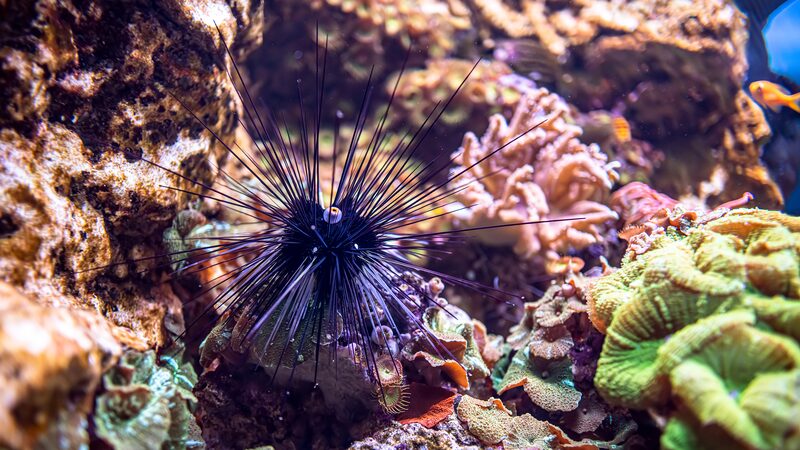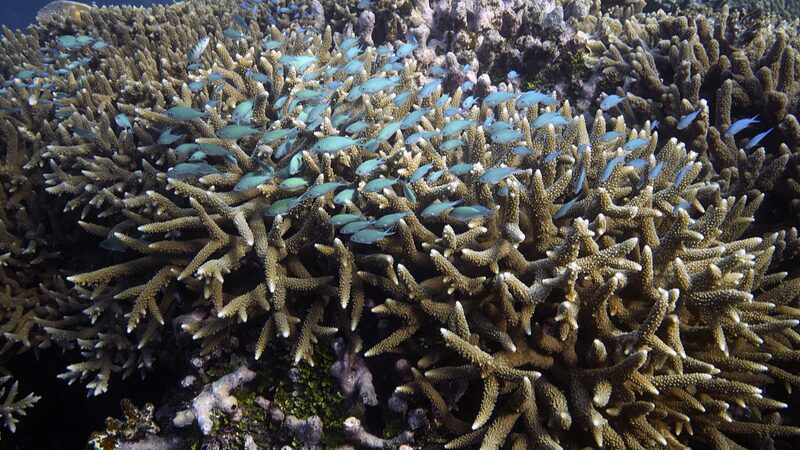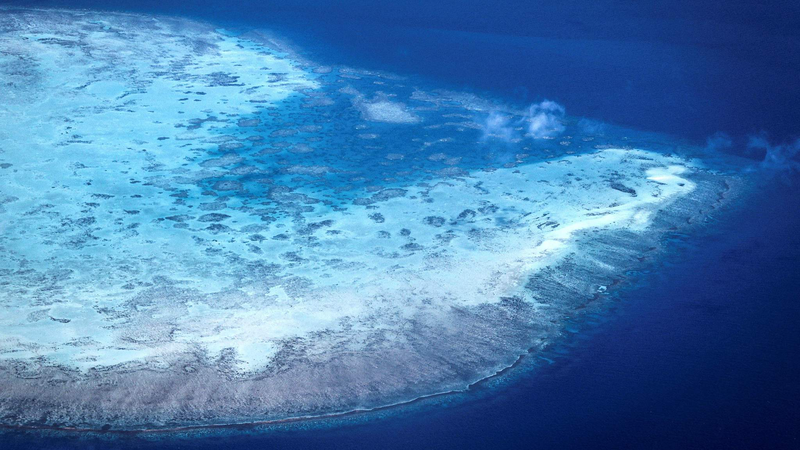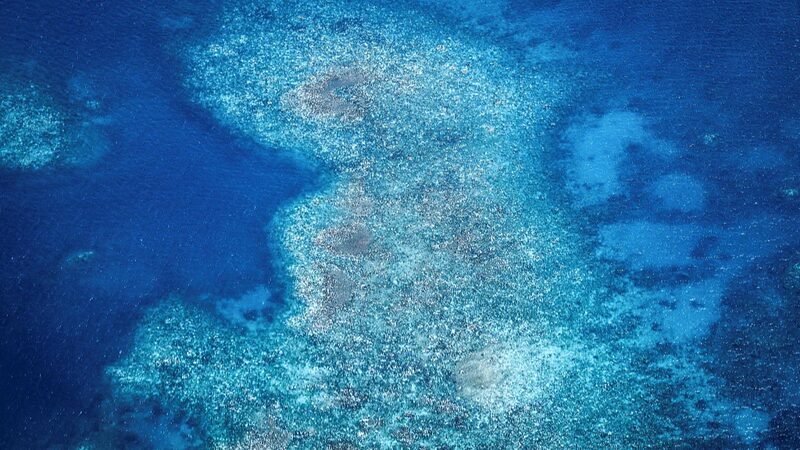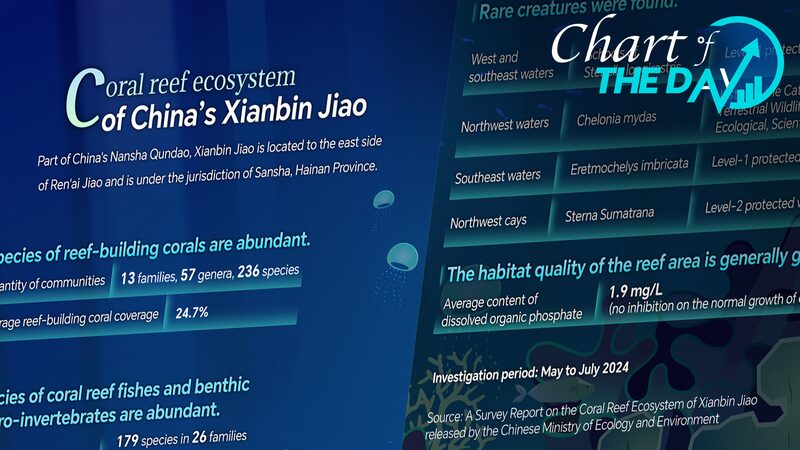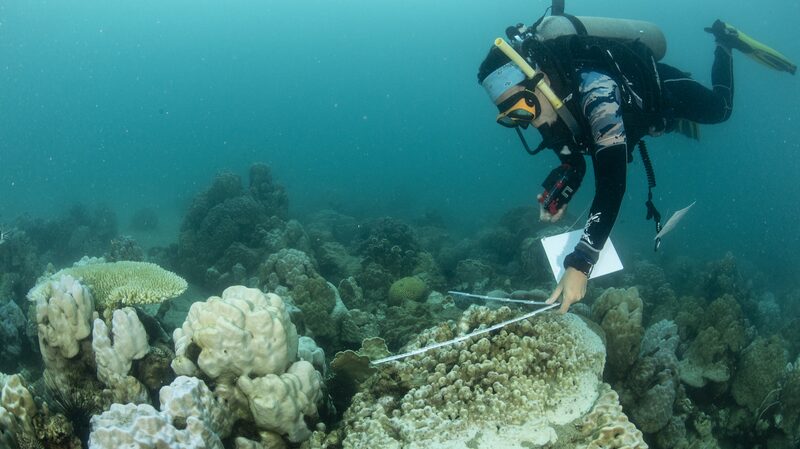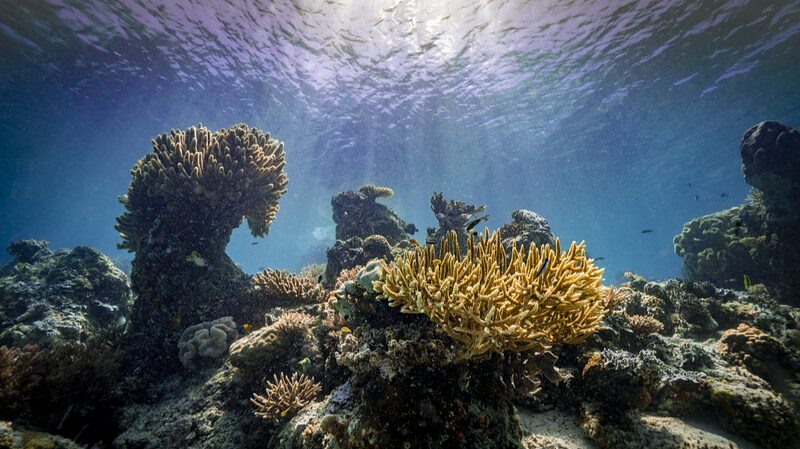Scientists have mapped the largest deep-sea coral reef to date, stretching hundreds of miles off the U.S. Atlantic coast, unveiling a hidden wonder of the ocean.
For decades, researchers have known that some coral existed deep beneath the Atlantic, but the true scale of this underwater ecosystem remained a mystery. Advances in underwater mapping technology have now enabled scientists to construct detailed 3D images of the ocean floor, revealing a sprawling reef system.
“The largest yet known deep coral reef has been right under our noses, waiting to be discovered,” remarked Derek Sowers, an oceanographer at the nonprofit Ocean Exploration Trust. Sowers and his colleagues, including scientists from the National Oceanic and Atmospheric Administration (NOAA), recently published their findings in the journal Geomatics.
The reef extends approximately 310 miles (499 kilometers) from Florida to South Carolina and reaches up to 68 miles (109 kilometers) in width at certain points. Covering an area nearly three times the size of Yellowstone National Park, this discovery is a significant milestone in marine exploration.
“It’s eye-opening—it’s breathtaking in scale,” said Stuart Sandin, a marine biologist at the Scripps Institution of Oceanography, who was not involved in the study.
Located at depths ranging from 655 feet to 3,280 feet (200 meters to 1,000 meters), where sunlight does not penetrate, these deep-sea corals differ from their tropical counterparts. Instead of relying on photosynthesis, they filter food particles from the water to sustain themselves.
Deep coral reefs provide vital habitats for a diverse array of marine life, including sharks, swordfish, sea stars, octopuses, shrimp, and numerous fish species. Despite being less accessible than tropical reefs, these ecosystems play a crucial role in the health of the oceans.
Tropical reefs, like Australia’s Great Barrier Reef—which stretches about 1,430 miles (2,301 kilometers)—are better known due to their accessibility to scientists and snorkelers alike. The discovery of this vast deep-sea reef highlights the rich biodiversity that exists in the depths of the oceans worldwide.
Sowers noted that even larger deep-sea reefs may be discovered in the future, given that only about 75 percent of the world’s ocean floor has been mapped in high resolution. In U.S. waters alone, only 50 percent has been thoroughly charted, primarily using high-resolution sonar devices aboard ships.
“Deep reefs cover more of the ocean floor than tropical reefs,” explained Erik Cordes, a marine biologist at Temple University and co-author of the study. “Both kinds of habitats face similar risks, including climate change and disturbances from activities like oil and gas drilling.”
The discovery underscores the importance of continued ocean exploration and conservation efforts. As new technologies unveil the mysteries of the deep, understanding and protecting these vast underwater ecosystems become increasingly critical—not just for the United States, but for the global community concerned with marine health and sustainability.
Reference(s):
cgtn.com
